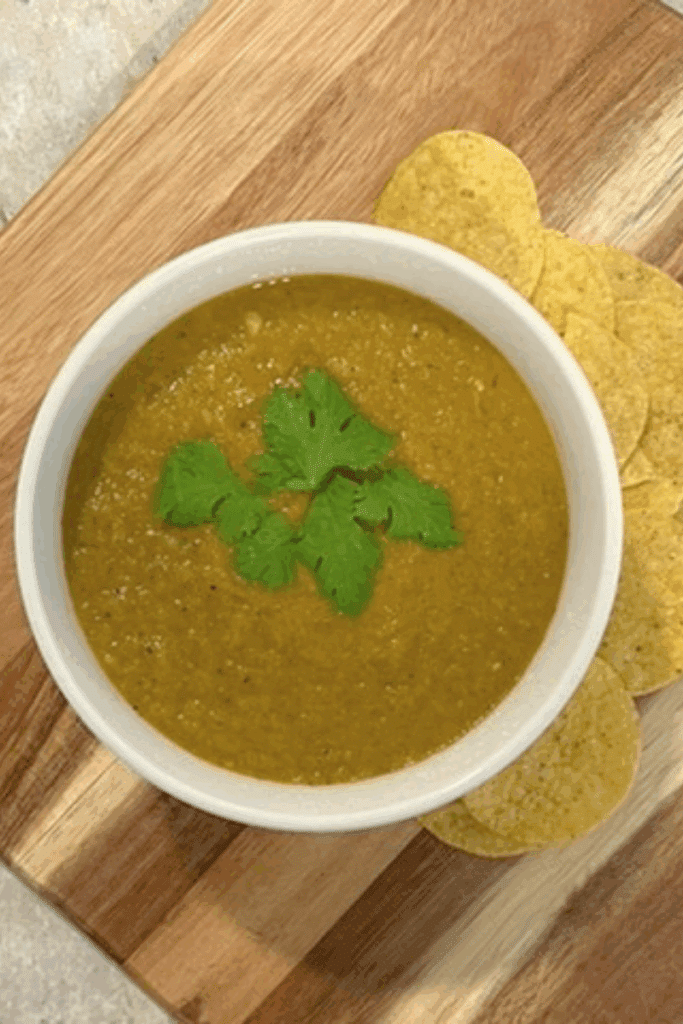Do you live in a cold region but want to keep your green thumb going this winter? A great way to keep gardening in the winter months is by planting crops that thrive in frozen climates!
In colder climates, overwintering crops are a great way to have an early spring harvest. These crops are planted in the late fall, before frost sets in, and become dormant during the winter. They then begin to regrow during the spring – leading to an earlier harvest for you!
Crops that are more cold-hearty and ideal for overwintering include spinach, garlic, and peas. There are even specific varieties of those crops that do well in different winter climates. For instance this spinach is especially well adapted for overwintering. Find tips below on how to plant these three crops for the winter season!
Spinach:
- To plant spinach, start by making shallow grooves in slightly damp soil, about 4-6 inches apart and around 1/2 inch deep. Place one seed every 2 inches . This is a great time to use the Seed Spacing and Gardening Tool especially when planting with little ones.
- Once the row is filled, gently pinch the soil over the seeds and pat it down.
- Check daily to make sure the soil stays moist until the seeds start sprouting—this usually happens within 6 days to 2 weeks, depending on temperature.
- In places where winter weather fluctuates above and below freezing, a covering of shredded fall leaves or straw will help insulate the soil and protect the young spinach sprouts. In really frigid and blustery places you might consider a simple low tunnel to cover your sprouts to help get them through the harshest winter weather.
- For the best spring growth, aim to plant 4-6 weeks before the first frost so that plants reach about 2 inches tall before winter sets in.
- Plan to harvest through the spring before temperatures rise above 70 degrees.
Garlic:
- Garlic is best planted from October through December, about 2-4 weeks before the ground freezes.
- Space each clove 6 inches apart, burying them 1 inch deep with the pointy end up. Add a small handful of compost or a bit of organic fertilizer to give each clove a strong start.
- Mark your rows, then cover the garlic bed with about 6 inches of straw or shredded fall leaves as a mulch.
- Water the area well and keep the soil moist until frost arrives. Some shoots may pop up before winter, but most will sprout in early spring.
Peas:
For overwintering, plant peas before the first frost. You can choose one of two methods:
Option A:
- Make pairs of shallow grooves about 3 inches apart, with each pair of rows spaced 1 foot apart.
- Plant peas 1 inch apart along each groove, then cover the seeds with soil and smooth it over with your hands. This spacing makes it easier to support the pea plants as they grow tall.
- Mark your rows, then cover the area with about 1 inch of straw or shredded fall leaves as a mulch.
- Water the area well and keep the soil moist until frost arrives. Depending on the temperature, shoots may pop up in the winter, or may sprout in early spring.
Option B:
- Scatter seeds evenly across the bed, aiming for about 1 inch between seeds in all directions.
- Press each seed about 1 inch into the soil.
- Mark your rows, then cover the area with about 1 inch of straw or shredded fall leaves as a mulch.
- Water the area well and keep the soil moist until frost arrives. Depending on the temperature, shoots may pop up in the winter, or may sprout in early spring.
If you have empty space in the garden, consider planting peas as a winter cover crop. They’ll serve as a “living mulch,” enriching the soil and providing an early spring harvest.


